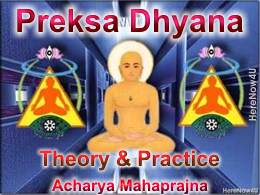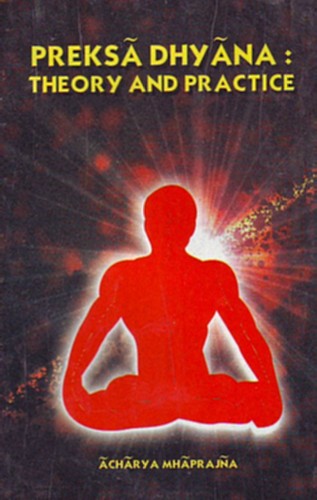
Posture
For a successful practice of meditation, steadiness of the body is essential. Posture, therefore, is an important feature of the exercise. The practitioner must remain motionless, quiet, and alert for the duration of the exercise. Obviously, therefore, a posture which produces any kind of distracting discomfort is ruled out. Strain or discomfort must be avoided during the session. An advanced practitioner may adopt a standing posture. In exceptional condition a recumbent posture may also be used. A sitting posture is most convenient for learners and novices, and is most commonly adopted.
Any of the following postures may be chosen:
| Full lotus posture | Padmasana |
| Half lotus posture | Ardha-padmasana |
| Simple posture | Sukhasana |
| Diamond posture | Vajrasana |
Although the full lotus posture is the best, the sadhaka may adopt any one of these which can be comfortably maintained for the duration of the session. Some discomfort is inevitable, in the beginning, in any cross-legged posture, but a little practice would eliminate it to the extent that it ceases to be a distraction. However, if at any time during the practice, there is a feeling of distracting discomfort, the position of the legs may be quietly changed without opening the eyes.
- In all postures, the trunk and head are erect with the spine and neck in a straight line.
- There should, however, be no stiffness.
- Eyes remain softly closed.
 Acharya Mahaprajna
Acharya Mahaprajna

